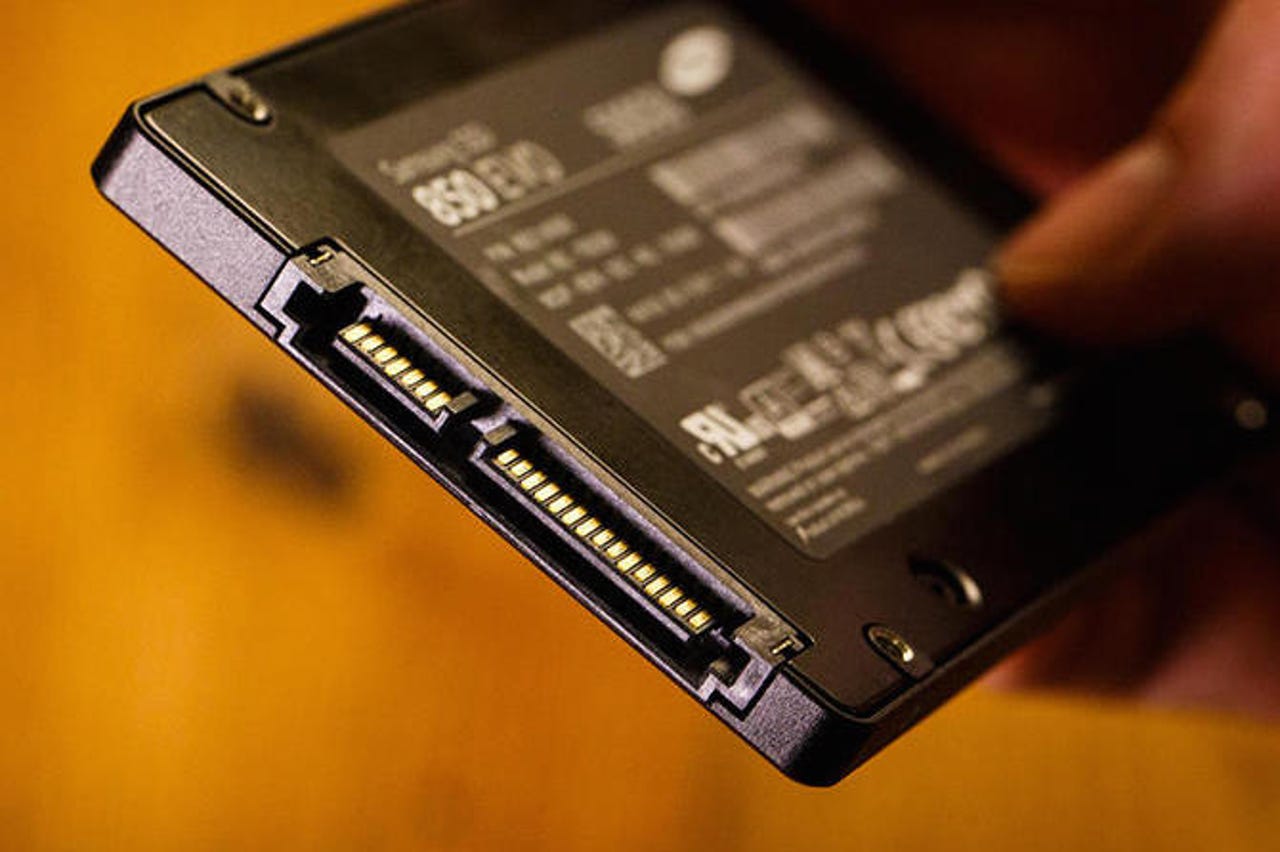Solid-state drives lose data if left without power for just a few days

Storage. It's not a sexy topic. But everyone uses it in some way or another. You have iPhones, you have computers. Everyone knows how important a person's data is. But it doesn't just "disappear."
Or does it?
New research suggests that newer solid-state hard drives, which are faster and offer better performance, are vulnerable to an inherent flaw -- they lose data when they're left dormant in storage for periods of time where the temperature isn't properly regulated.
The worrying factor is that the period of time can be weeks, months, but even in some circumstances -- just a few days.
Solid-state drives are better than regular mechanical hard drives, which are slow and sluggish. But unless they're battered around, smashed, or poured in acid, they pretty much last forever.
A recent presentation by hard drive maker Seagate's Alvin Cox warned that the period of time data is retained on some solid-state drives is halved for every 9°F (or 5°C) rise in temperature where its stored.
That means if a solid-state drive is stored in a warm room, say 77°F (25°C), its data can last for about two years. But, if that goes up by a mere few degrees to 86°F (30°C), that data's retention period will be cut in half.
Don't immediately freak out, though. It depends entirely on the temperature, but also the type of drive you're using. Most consumer solid-state drives, such as those in high-end performance desktops and certain notebooks (including Apple MacBooks), do not suffer as much. They are designed to retain data for about two years in storage under the right temperature.
But enterprise solid-state drives pose the biggest risk to data loss, because the retention period drops considerably.
A moderate increase of just 9°F (5°C) in temperature in a space where an enterprise solid-state drive is stored can drop a retention rate from 20 weeks to 10 weeks.
Why does it even matter? Data isn't meant to just disappear, or get lost. Although newer solid-state drives are more common in a consumer rather than an enterprise setting (mostly because of the associated costs), ensuring data security is a high priority for businesses and companies.
But keeping a solid-state drive at a reasonable temperature is probably the last thing most think of.
"If long-term storage is required, image the [drive] onto a mechanical drive and place that drive in storage as well," wrote KoreLogic's Don Allison in a blog post.
